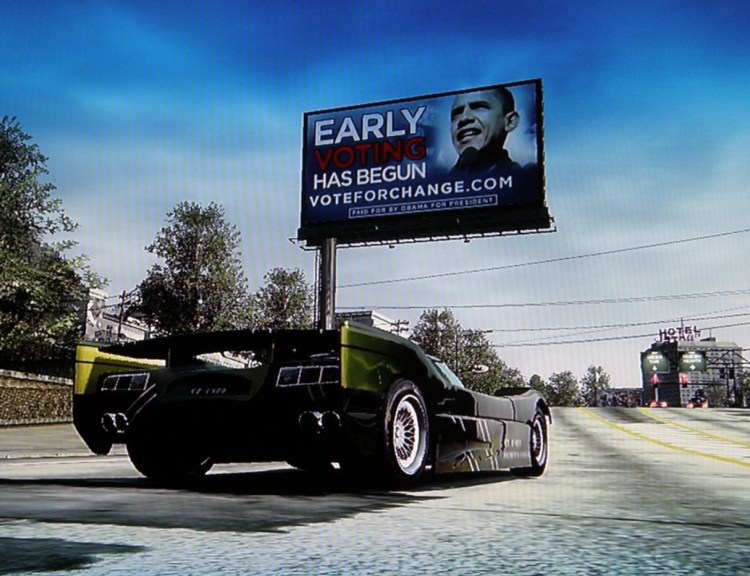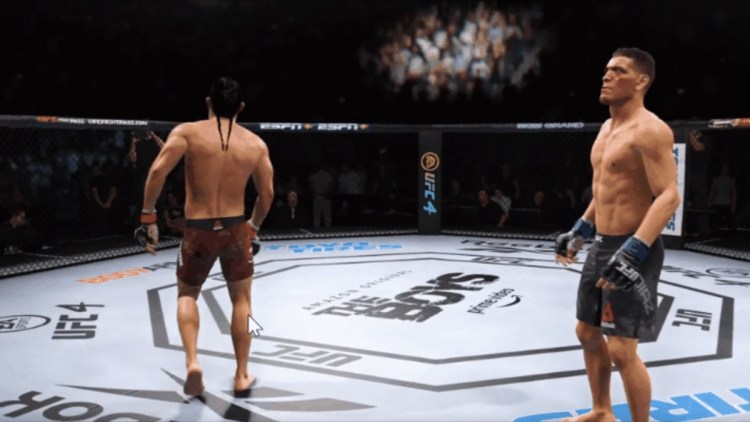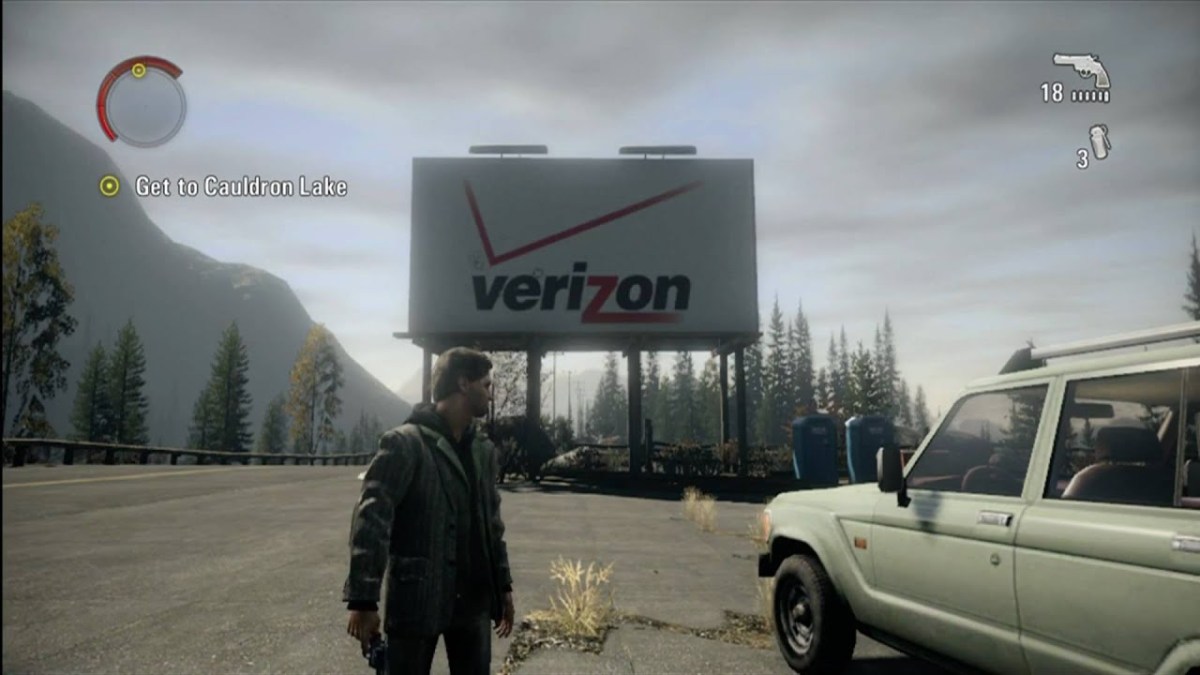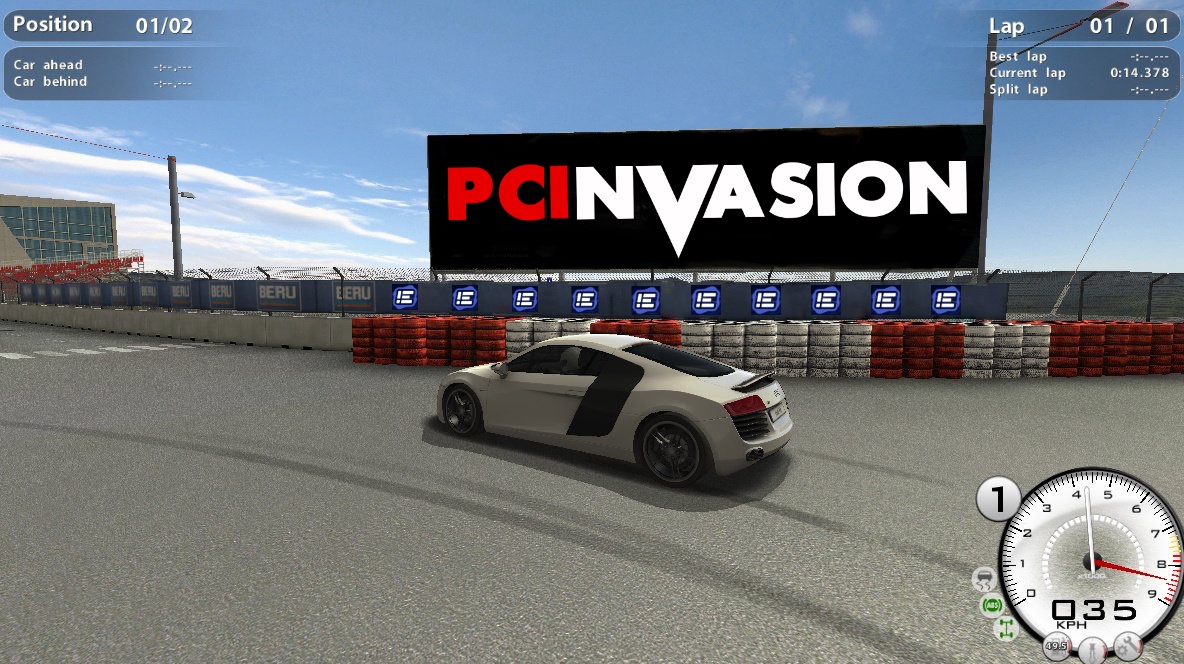The video game industry is worth more than $150 billion a year. Predictions even suggest that in a few years it will top $200 billion a year. The majority of these sums come from the traditional sales of games, consoles, and alike. However, as the industry continues to grow, publishers are looking for further ways to monetize their content. While the most notable of these are the blight of microtransactions and loot boxes (or “surprise mechanics”), there are more. One of these other ways is in-game advertising. Adverts have been in video games for almost as long as the industry has been around. So, let’s talk about in-game advertising; what works and is appropriate, but also what is way too much.
The good, the bad, and the ugly
First of all, let’s talk about why not all in-game advertising is bad. I understand that some gamers believe that there shouldn’t be any advertising in games. While I can understand this puritanical view, I don’t entirely agree. You could argue that having licensed cars in a racing game is advertising. Would you really want all racing games to have made-up vehicles? Surely the genre is better for having recreations of vehicles we know exist in the real world.
Obviously, this can go too far on occasions. The introduction of Mercedes vehicles into Mario Kart 8 probably pushed things over the line. But this was because they stood out too much as the other vehicles in the game were kind of fantastical. In games like Forza, Project Cars, Assetto Corsa, Dirt, or any of the Formula One titles, it makes sense to have real cars because they are games that strive for realism.
Racing games have a more obvious type of advertising that I also think is acceptable. If you play some of these games that aim for a realistic style, you will see billboards lining the side of the racetrack. You’ll also see some adverts for oil brands above the tracks. I don’t see these as any sort of issue as it adds to the realism. Whenever you watch racing on TV, you’ll see these advertising hoarding the raceways. You could even argue that without these boards the tracks wouldn’t look as realistic.
Of course, racing games aren’t exempt from criticism. And as you could probably guess, Electronic Arts has been the culprit here. One of the more notable occasions being when the publisher added political adverts for Barack Obama to Burnout Paradise. This wasn’t a political endorsement but a clear money grab, as they also offered the opportunity to his opponent, John McCain.

Source: Wired.
Sportsmanlike conduct
In the same way that racing games have natural advertising opportunities built-in to their format, so does the rest of the sports genre. A good example is the FIFA and Pro Evolution Soccer franchises. Anyone who is used to watching the Premier League, La Liga, Bundesliga, or any of the other elite football leagues will be used to seeing the pitch surrounded by advertising hoardings. These same boards surround the pitches in digital recreations of the sport. Once again, this feels like a natural way to put advertising in the game. Another discreet way of including advertising is when titles like UFC put sponsors on the floor of the octagon. After all, this is similar to what they do in real UFC fights.
Of course, with Electronic Arts developing the UFC games not all of the advertisements in the game are excusable. UFC 4 made news recently when it introduced unskippable adverts between rounds and replays. There are two ways that I think this is inappropriate. The first is that it’s anything but discreet. It’s not like you can choose to ignore an almost full-screen advert. Being forced to watch an advert in something you paid $60 USD for is just wrong. The other issue that I see with this is that it delays your gaming experience. It’s one thing to include an intentional pause in gameplay to enhance the experience. However, that’s not really the situation with these adverts. Electronic Arts may have removed these videos when it saw the backlash from fans, but it didn’t really have a right to include them in the first place.

Give them an inch and they’ll take a mile
One of the worst things about these full-screen adverts in sports games is that the publishers know that they’re not wanted. Just like EA before them, when 2K Games got caught forcing unskippable adverts in its NBA games, the company claimed that it didn’t realize fans would be so angered by them. However, if this is the case, why are these advertisements always added a month or so after release? If publishers are so comfortable with the adverts being part of the gaming experience, why are they not included when the games are being reviewed and introduced to gamers? They realize that these adverts are not wanted, and are just testing the waters to see what they can get away with. Also, how can you claim that you were surprised by the response from fans when it’s not the first time you have tried doing it?
Sports games aren’t the only genre that has unacceptable advertising. Nearly every genre has examples of adverts that stick out like a sore thumb. RPGs have seen Pizza Hut boxes as shields in Phantasy Star Portable 2, as well a cup noodle helmet in Final Fantasy XV. Action games have seen Subway appearing in Uncharted 3, Axe Body Spray in Splinter Cell: Chaos Theory, and Mountain Dew in Metal Gear Solid: Peace Walker.
Verizon has been particularly prevalent in its advertising attempts. There was Verizon branding all over Alan Wake. It even included an achievement for watching a Verizon advert in the game: “You checked out some important messages,” the ‘Boob Tube’ achievement reads. Most recently, an array of Verizon-branded costumes were added to Marvel’s Avengers. With the fantastical or heightened nature of the majority of these titles, it feels weird to see real-world advertising included. Surely, if an advert/branding takes you ‘out of the game,’ it shouldn’t be included.

I’d buy that for a dollar . . .
I have spoken before about the uneasy relationship between art and profit. I do understand that publishers need to make a profit from their releases. And I also realize that including adverts makes this easier for them. However, if you are compromising the art for the profit, then the art becomes tainted and worthless. Discreet advertising that fits in with the game world that developers are creating is fine. Unskippable ads, jarring tie-ins, and the various machinations of Electronic Arts are pushing it too far.
It is always going to be difficult to say how much is too much. It’s also likely to be a moving line with different generations of gamers becoming more accepting of the level of commercialism in their games. Publishers are always going to push to make as much money from their games as they can. As gamers, all we can do is vote with our wallets. If you think a publisher is pushing in-game adverts too far, then make decisions appropriately. If you have already purchased the game and then inappropriate advertising is added, then make your voice heard. Just remember to be civil, eh?







Published: Oct 30, 2020 07:00 pm